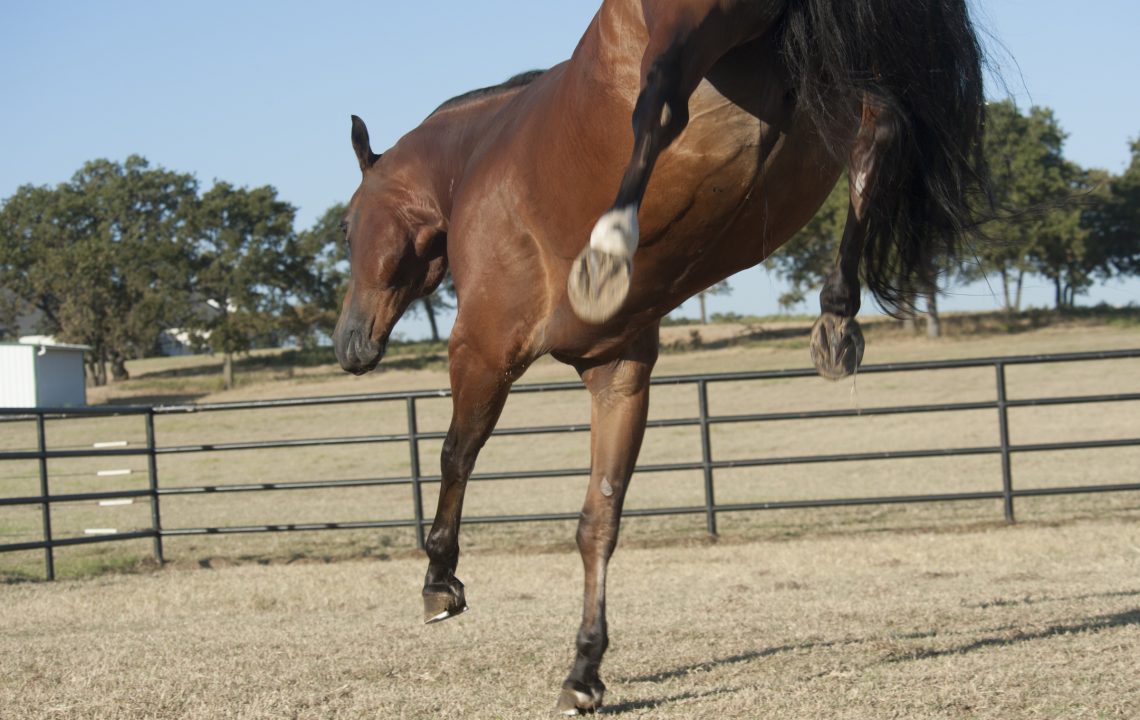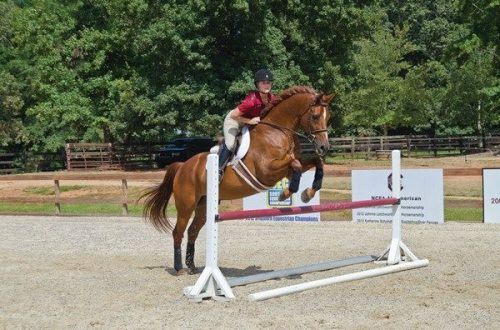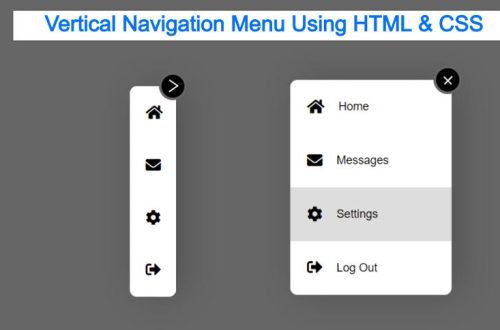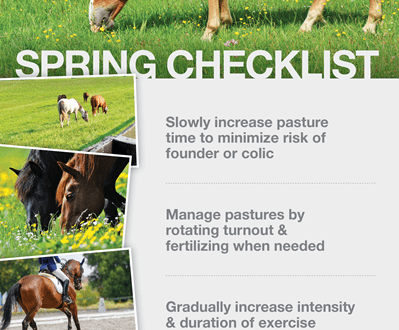
Badly Trained Horse: Correction
Badly Trained Horse: Correction
The first thing I want to talk about when talking about working on correcting a badly trained horse is lateral movements. They are not only very efficient, but also do not require much energy, especially when walking. However, I would like to add something regarding the appreciation of the importance of the respective exercises, as well as the position of the hands of the rider when performing them.
A few years ago, I fully appreciated the importance of quiet work on the go when I visited Anja Beran’s horse farm in southern Germany. Her Iberian horses regularly worked on the walk, perfecting everything from simple transitions to lateral movements. I saw how important this was for developing their flexibility, and how invaluable it was for retraining badly trained horses.
François Robichon de la Guériniere wrote about the shoulder-in exercise: “I consider this exercise as the beginning and end of the whole workout. It builds up the whole body of the horse… every ‘ruined’ horse becomes as supple as ever if the rider works the shoulder inwards for days on end.” While I would not be so optimistic about the time frame given by de la Gueriniere, the extraordinary rebalancing and relaxing effect of lateral movements on the horse’s back cannot be denied. In addition, you can notice the impact on the back of the head, both direct and indirect. The horse begins to chew, which helps to increase the flexibility of his neck.
Over 200 years later Waldemar Seunig wrote about chewing: “A simple and invariable method, which, when properly performed, revives a definitely “dead” mouth and stimulates a stiff neck to stretch into contact with a snaffle, is a turn on the front during movement. The back of the horse makes a big circle around the front, the front makes a small circle. Unlike the front turn in place, where the front inside leg goes back or stays in place, the horse takes even steps in this relaxing exercise without being able to stop or rest. At any moment, it can change from moving in two circles to moving in a straight line forward.
It is important for us here that a horse with a stiff neck begins to reach for the snaffle and stretch the neck. A horse with a locked back tends to move backward when asked to perform a front turn. Pivoting while moving reduces this tendency and is therefore beneficial in correcting the horse. In addition, from a biomechanical point of view, crossing the front legs significantly relaxes the shoulders.
Restoring the basic balance
Front turns have many obvious positive effects. The horse begins to chew, which in turn leads to suppleness and rounding of the poll, or at least some improvement in that area.
In addition, stepping relaxes the back through the muscles of its top line, especially the long back in the lumbar region, and this helps to raise the back to the desired position. The rider suddenly begins to feel movement in the previously “dead” back.
In adult horses, stepping is always effective in stretching the neck – it lifts the horse’s back behind the withers and improves balance. “Swinging back”, as he wrote Bra by Holleuffer, requires its uplift and balance. If successful, rhythm, flexibility and contact will improve, as will momentum in the trot. A decisive step towards the main balance will be taken.
Stepping exercises also improve sensitivity horses, her responsiveness on the rider’s leg. Setting the horse up to the finest of controls (especially the leg, where the horse will respond to the touch of the “pants fabric”) is one of the most important goals.
After a few days of training, most horses perform lateral movements only from the thrusting action of the seat and loin, with the leg playing only a subtle controlling role. In this way the rider learns to use the lightest aids and the horse learns to respond to the lightest signals. The subsequent reflex contraction of the external oblique muscle causes the horse to take calm steps with its hind legs under the body. The horse and rider get a huge plus from such fine tuning – the couple begins to communicate and understand each other.
Stretch fit and responsive controls
There are several key prerequisites for success in correcting a badly trained horse. The seat of the rider must be elastic. Any initial resistance by the horse must be dealt with by skillful and sensitive use of the whip, not by spurs. From the very beginning, you should avoid sitting on the horse with your legs squeezing its body. If the rider tightens the thigh muscles, the resulting tension is immediately transferred to the horse’s body and the horse. also becomes enslaved. If the rider has a tight back, then the same thing happens to the horse’s body – the horse feels “wooden”.
Sometimes with horses that have been badly trained and poorly worked, it is difficult to be relaxed, difficult to act lightly and be sensitive. However, this is important. Successful retraining of a horse requires calmness, mental relaxation, physical flexibility of the rider, and slow movements. The stiffer and tighter her back, neck and hips, the more important it is to perform all movements slowly. Compare: if you have a cramp, then the muscle tension can only be loosened by performing slow movements. Mobility and responsiveness require flexibility in the muscles. Lateral movements performed quickly will not be effective with a tense horse, as he will learn to run away from the controls.
Proper use of the rein
In his book “Marginalien zu Pferd und Reiter” Waldemar Seunig recommends raising the inner hand when stepping on volts (about 6 meters in diameter) to activate the mouth and relax the back of the head.
Boyish describes the practical implementation of the stepover and the special use of the inside hand: “The process is as follows: the horse is wearing a regular snaffle, he is standing straight, without a lateral bend. The rider with the right leg encourages the horse to take even, calm steps to the left. The left leg of the rider does not allow the horse to rush and quickly sends forward when the horse stops in front. The right hand is raised from the shoulder towards the horse’s ears, without creating any pressure, while maintaining constant contact with the corners of the horse’s lips. The right rein is vertical. The left hand retains its normal position, the ring finger and little finger slightly soften and vibrate.
Stimulation of the right side of the mouth stops as soon as the swallowing movement of the tongue leads to chewing. At the same moment, the right hand falls into place. The left leg, which until now has acted as a barrier to the horse’s lateral acceleration, now wraps around the horse’s body with the same pressure as the right lead leg, so that the horse is now off the circle and moving straight forward. The rider brings the reins forward and praises the horse.”
Boyish writes about both the benefits of stepping over and the importance of the raised hand. He clearly says that the rider must not pull the reins, but only feel the corner of the horse’s mouth. A key point regarding the correct position of the rider’s hand: “Arms are vertical, thumbs pointing up, hands about four fingers apart, reins at the sides of the neck like a corridor. Hands – at a height that allows you to create a straight line from the elbow to the snaffle.
Above is a description of the ideal situation: hand position controls a balanced and “guided” horse. The reality may look a little different – most horses show some form of balance problem. As a result, almost always there are problems with contact with the rein. The vast majority of riders fight with horses that go over the reins, go off the reins or hang on their hands. When the hand is held dead, in one position, in one place, many riders begin to pull, drawing the arm deep down. Very often we see riders aiming to extend the inside arm back and down to the hip.
Every backward movement of the rider’s hand causes a reaction from the horse – it fights against the pressure of the rider’s hand. Trying to mechanically force the horse to hold its head/neck in a certain position results in defensive tension in the horse. Every living being reacts in this way. This is the core and essence of classical riding theory, which aims to achieve a beautiful external form that reflects balance and harmony – the result of proper training. However, when this desirable frame becomes a necessary condition, rather than the result of proper riding and exercise, the rider may be forced to mechanically secure the “required” position by force. A low and/or reversed pulling hand causes tension in the nape of the horse. This, in turn, leads to tension in the back, and then to tight hips. The horse is strengthened in its natural asymmetry and the natural gaits disappear. In the worst case, movement disorders appear, lameness may develop, followed by structural injuries and related problems.
A dead, motionless hand causes this vicious circle. Every trainer wants the rider’s sensitive hand to be in line between the corners of the horse’s lips and the rider’s elbow. Since too many horses need retraining, the rider must be aware of the existence of a system to help him find harmony with the horse.
This is an example of correct hand position for a horse in balance with a soft and yielding poll.
Experienced trainers know that every effort applied to the horse’s mouth backwards or downwards not only increases the tension in the horse, but is often bad for the rider as well. Many riders sit in the saddle with their whole body clamped, which is closely related to the persistent struggle with the horse’s mouth. The rider’s back tenses, resisting being pulled by the horse’s mouth. And, in order to avoid falling forward, the rider clamps the horse’s body with his hips, using them as an anchor.
Clamped hips pull the rider’s legs up. By squeezing the horse in the pincers of his legs, the rider transmits tension to it, which passes through the entire body of the horse. Holding hands on the reins, the rider becomes enslaved at the shoulders. In this position, the elbows, wrists, and hands become numb, stiff, and prone to moving backwards in a never-ending cycle of tension. Hardly anyone is able to break out of this circle without outside help. The goal is to refocus the rider’s entire riding focus on flexibility and sensitivity, and to get them moving while maintaining an active and supple riding position.
Chewing reflex from raising the rider’s arms
One of the problems in the process of retraining a horse is the struggle with the established stiffness in his body. Relaxing this tension requires a completely flexible rider. With few exceptions, in retraining the arm must never fall below an imaginary line drawn from the rider’s elbow to the horse’s mouth. The hand below this line pulls on the horse’s mouth. Since most horses respond to every reverse movement with defensive tension, deep hand positions should be avoided. To counteract this tendency, it is very effective to raise your arms (without stretching), especially the inside. Waldemar Seunig writes that using the occasion in this way, you can provoke a chewing reflex, there will be flexibility in the back of the head and, as a result, its rounding will follow. This is the first prerequisite for good stretching. Here is the standard advice: “Highly raised brush rounds the neck; The lowered arm lengthens it.”
If the hands are deeply lowered, they should give. The exception is with a horse whose neck is so twisted that he will not accept the snaffle using the methods above. In this case, it can be helpful to lower your arms and passively wait for counter-pull from the horse. When the reverse tension appears, release it and follow it as the horse moves forward. Such actions are best performed by experienced and confident riders.
Independent fit and fine workmanship
An independent seat is extremely important: only when the hands act independently of the body can the rider respond to every situation with the reins without causing tension in the nape and neck of the horse.
When performing certain exercises with a horse, it should be remembered that it is impossible to pull the reins back so that the angle of the lower jaw becomes smaller – it is necessary to exclude mechanical forced longitudinal bending. This use of the hand is only possible for a short period of time and only as a necessary educational method for a horse that does not respond to the rider’s aids. A horse that leans on the snaffle and no longer responds to a few pulls must eventually be stopped abruptly and mechanically. The purpose of this action is to re-awaken the sensitivity of the horse’s mouth. Such a correction is considered successful when the horse begins to respond to softer aids.
When working with a young horse, you should aim for a systematic balance. Proper contact with an active mouth begins when the horse begins to find his rhythm and work his back. If the rider at this moment starts carefully connect your seat to work, the horse will begin to chew. It doesn’t make sense to force the horse chew artificially, bypassing the reflex. Waldemar Seunig writes: “Experience shows that every attempt to create an active mouth is bad if it happens before the horse is ready for it. Training a horse takes months of gymnastic work, which consists primarily of riding straight lines with careful changes in pace. Progress can be made if you make the mouth more active with careful hand work. The dressage course is accelerating. According to the principle of mutual influence of all muscle groups in a moving horse, progress in teaching the horse to soften his mouth improves the elasticity of his body. We are not talking about “driving with the hands” or the primary meaning of the hand. On the contrary, the back and legs of the rider are of paramount importance. It is assumed that among the means of control, the sensitive hand is assigned the role of that which “shows the way.”
The sensitive hand of a rider who knows how to use it has an important and positive effect. The classic way of learning is clearly and irrefutably defined as a positive impact. However, I believe that an experienced and sensitive rider can adjust his controls to suit the circumstances. Why not stop a gently unbalanced and tense horse with a slight lift on the outside rein when a “classic” half halt can only provoke stiffness and resistance in such a horse?
Balance Disruption Caused by Learning Errors
Many sport riding and pleasure horses have not been properly trained. Minor imbalances that do not create significant stress on the horse’s body do not necessarily result in injury and may not cause health problems later on. But the same cannot be said about the pronounced lack of balance.
This image illustrates the impact bad or incorrect teaching methods leave. Retraining a poorly trained horse can take weeks, months, or even years.
As an equine orthopedic veterinarian, I regularly encounter lame horses whose owners and riders make statements like:
- “My horse won’t go to the snaffle.”
- “My horse is running out from under me.”
- “My horse is twisted.”
- “My horse is out of control.”
- “My horse has become so stiff, riding does not bring me pleasure.”
Many riders struggle with these issues and often find themselves without professional help. The principles of classical riding theory provide answers, but they must be properly applied…
When you have significant difficulty in training, the root cause is often related to the condition or sensitivity of the horse’s back. These horses can be classified into three categories: those that move off the legs, those that move with their backs hyperbent, and horses that move separately behind and in front.
A balanced back has positive tension, tone, is supported by musculature and is relatively relaxed in any situation. Deviating from this state, the horse’s back is in a position that does not allow him to move freely due to negative tension.
A horse working with its back, moving with its back is a balanced horse in the understanding of classical riding theory. Only one position of the horse’s spine allows all the muscles of his back to work with dynamic elasticity, which characterizes horses moving with their backs. There is a clear relationship between the position of the back, the position of the neck, as well as the position of the pelvis (croup), which the rider influences with his aids. A great influence on the elasticity of the horse’s back is the ability of the rider to correctly use such a means of control as the seat.
If the horse is not physically damaged, not too old and not well balanced, then it is very likely to be corrected.
The most common cases of imbalance are characterized by the fact that:
1. The horse’s back is in the correct position, but tight and tense.
2. The horse has a sagging back (the horse moves with its legs)
3. The horse has a carp-like back (hyperflexion + the horse moves with its back).
4. The horse has an arched back (back and front of the horse move separately).
With all these imbalances, the musculature of the back can no longer do its natural job as a center of movement. In the book Udo Bürger The Way to Excellence in Riding says: “So, the long back muscle is a real motor muscle. It is active in the forward movement and contributes to the support of the horse’s body on the move, but it is not designed to support the weight of the rider. The back is connected to the front through the broad muscles of the back and to the back through the large muscles of the croup. Thus, it is connected to the rhythm of movement and cannot be isolated.”
Retraining horses is more or less a job of getting the back back in place and getting it to work again. The long back muscles should become flexible, powerful and elastic again.
Gerd Heuschmann (source); translation by Valeria Smirnova.





